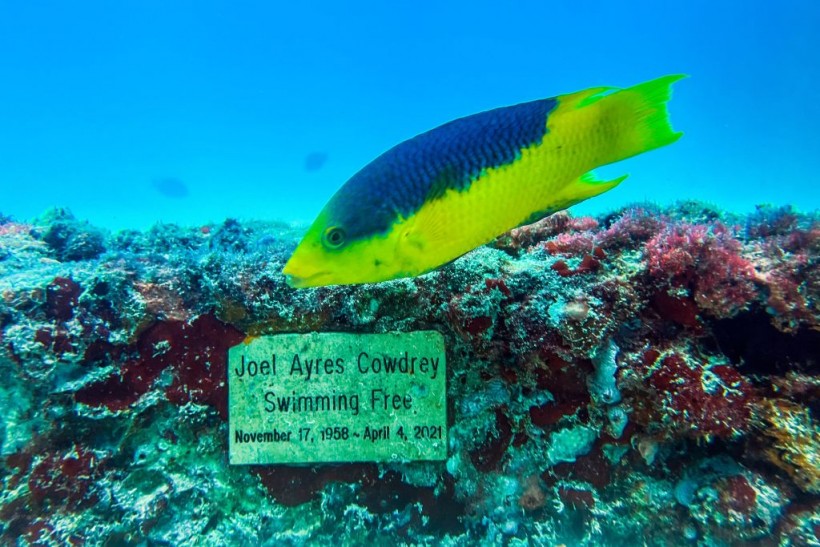Marine experts found 50 new deep-sea species in the remote underwater mountains of Salas y Gómez Ridge.
Various scientists, co-led by researcher Ariadna Mechó of the Barcelona Supercomputing Center-Centro Nacional de Supercomputación (BSC-CNS), observed 160 species on seamounts off the coast of Chile that had not yet been known to live in the said area.
New In Science
They further suspected that at least 50 of these species are new in the realm of science.
Using underwater robots that are capable of descending more than 4,500 meters (14,760 feet), researchers said that they could have discovered more than 100 never-before-seen species living on the Salas y Gómez and Nazca ridges.
These ridges are known to stretch across the southeastern Pacific.
"These findings just blew us away," Erin Easton, the expedition's lead scientist, said. "It was almost baffling to discover so many new creatures. In some areas, we were finding species we'd never encountered before every few meters."
The creatures discovered include cactus urchins - of which there is currently only one known species - squat lobsters with spiky shells and beady eyes, ancient corals likely dating back thousands of years, translucent "glass" squids and potentially 30 new species of sea sponges, including some unusually colorful ones.
During the expedition, the researchers even witnessed a bright red fish using its fins like hands to move across the sea floor.
Experts said that the Salas y Gómez and Nazca ridges are some of the most unique and biodiverse ocean areas on the planet - down to the individual seamounts.
Each underwater mountain is like its own ecosystem, hosting distinct creatures that do not live anywhere else on the planet.
Read Also: During Arctic Winters, Active Marine Creatures Migrate By Moonlight
Biodiversity Of Ridges
Scientists noted that the Salas y Gómez and Nazca ridges' exceptional biodiversity have offered a unique opportunity for conservation.
They pointed out that while Chile and Peru have established marine protected areas in this region, those efforts do not protect most of the ridges.
The underwater mountains run about 3,000 kilometers (1,800 miles) - which is considered to be longer than the Himalayas.
More than 70 percent of them exist outside protected waters, in an area beyond the jurisdiction of any individual country known as the "high seas."
Their remoteness has so far protected the ridges from many human impacts, however threats from deep-sea mining, pollution and overfishing are looming.
So far, ocean advocates expressed hope on a high seas treaty approved last year by the United Nations, eyeing that it will help create new marine protected areas to shield international waters from increasing threats.
They also said that the Salas y Gómez and Nazca ridges should be one of the first areas considered for protection because they support some of the highest known concentrations of endemic species in the marine environment.
At present, experts must analyze the species' genes before confirming they are in fact new to science.
Easton also said that the new information obtained would provide the scientific basis for continued management of the region's existing marine protected areas and lay the foundation for the creation of new protected areas on the high seas portion.
Related Article: Update: 700 Marine Species Threatened by Plastic Debris
© 2024 NatureWorldNews.com All rights reserved. Do not reproduce without permission.






